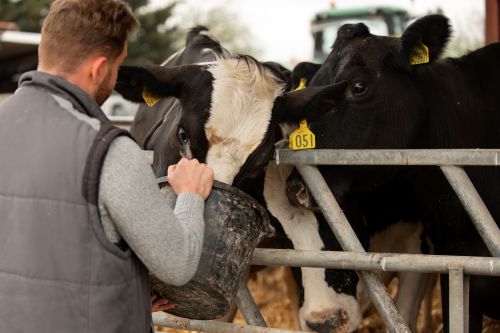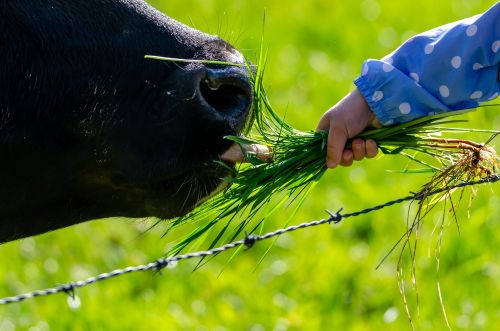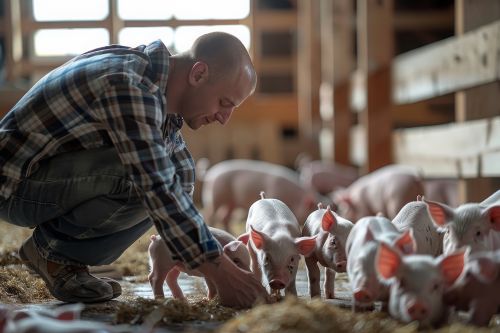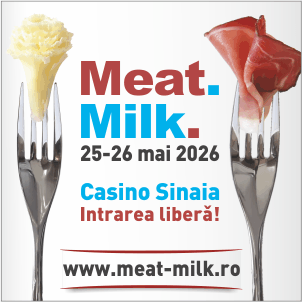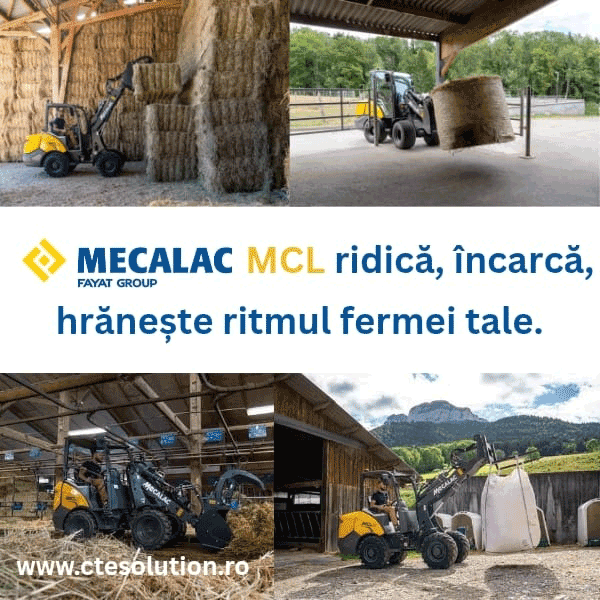680
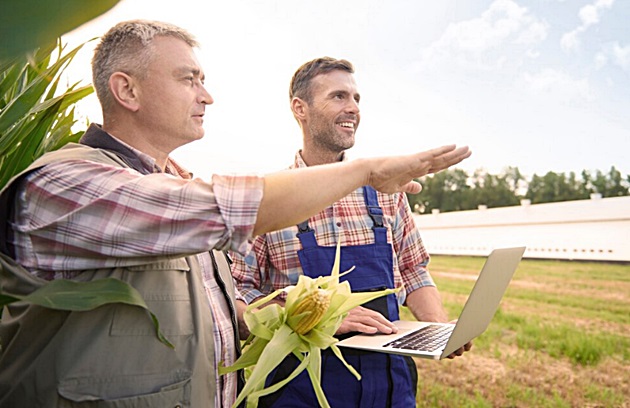
Eu Agriculture Strategy
The European Commission's New Agri-Food Strategy: A Mixed Vision for Agriculture
The European Commission’s new agri-food strategy outlines a long-term vision for the agricultural and food policy in Europe. While it marks a welcome shift toward innovation and sustainability, concerns remain regarding the concreteness of the financial support promised to farmers.
A Double-Edged Vision
There is good news. The roadmap aims to increase the acceptance of innovation and digitization in agriculture. Technologies that optimize yields, conserve resources, and eliminate guesswork—such as precision farming, automation, robotics, AI, and IoT—are all praised. This recognition could open opportunities for agtech companies to develop and implement new tools.
The strategy also includes plans to make agriculture more appealing to young people, potentially boosting technology adoption. Additionally, Brussels wants to accelerate market access for biopesticides and new genomic techniques to create climate-resilient crops. Funding for the European Food Safety Authority will be increased to speed up risk assessment procedures.
Unlike the previous Farm to Fork strategy, which focused on stricter regulations, this plan prioritizes incentives over penalties. Financial rewards are proposed for farmers who exceed existing environmental standards. There is also a call to "use all sources of income" for farmers, including innovative financial tools like blended public-private financing for nature-positive practices.
Additional revenue opportunities are emphasized, such as carbon farming, natural credits, and renewable energy production (e.g., solar panels, wind turbines, and biogas).
Too Cautious?
Is this a truly transformative plan or simply a repackaging of trends already unfolding within the industry?
Copa-Cogeca, the EU’s largest agricultural lobby, welcomed the roadmap’s recognition of farmers as key economic and environmental contributors, and its emphasis on competitiveness, innovation, and sustainability. However, it criticized the plan for insufficiently addressing funding—a major omission given ongoing debates over the future of the Common Agricultural Policy (CAP). Without clear financial support, they warn, the proposals risk remaining empty promises.
The WWF also sees the strategy as vague. They advocate for adjustments to CAP direct payments to ensure fairer income support and to reward farmers working with nature. Still, they say there is no clear direction in this regard. While innovative financing options like carbon farming and nature credits are promising, WWF warns that the strategy lacks safeguards against double counting and offsetting, leaving many critical questions unanswered.
Meanwhile, the Commission pledges to support practices that restore and maintain soil health. Continued support for organic farming is emphasized, though the document fails to mention regenerative agriculture explicitly.
A Work in Progress
To be fair, this is not the final version of the European Commission’s agri-food vision. It will be reviewed by the European Council and Parliament, meaning revisions are possible. A separate digital strategy for agriculture is also planned for later in 2025, aiming to support the transition to digitally enabled farming.
It’s clear that today’s farmers are tech-curious but laser-focused on return on investment. With rising costs and unpredictable climates, agtech solutions must offer tangible, cost-effective gains in productivity and resilience.
Clear and coherent policy frameworks can help promote the adoption of sustainable practices and technologies, ensuring a resilient and competitive agricultural future for Europe.

